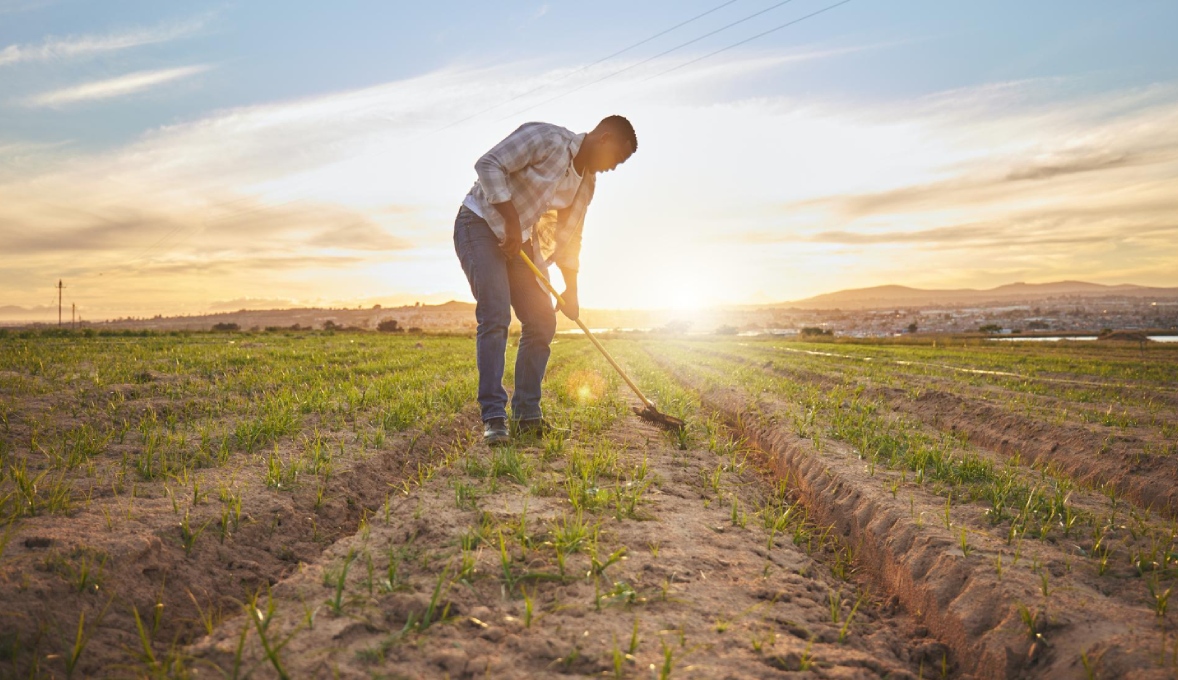Blue Economy in Tanzania is a hot topic and a high government agenda in Zanzibar and the mainland for the years to come. It will contribute to growth and business opportunities by utilization of its ocean resources for economic growth and improvements of livelihoods of local communities while preserving the health of the ocean ecosystem.
Tanzania has enormous water-related resources: the lakes Victoria, Tanganyika, Nyasa and Rukwa account for about 37% of the national area; a coastline of 1,424 km and hundreds of islands in the Zanzibar archipelago.
The Ministry for a blue economy looking to develop a sustainable utilization of its marine, lake and littoral resources and aims to become the lead country in Africa on the Blue Economy strategy over the next few years.




